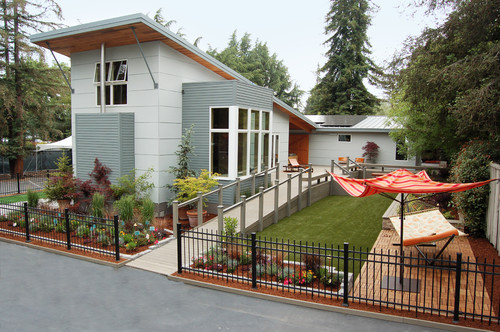Born of a collaboration between Bo Adamson and Wolfgang Feist, passive homes are built to host a comfortable living space maintained using the most efficient heating and cooling possible. One prominent characteristic of these homes is their minimized air leakage, so much so that certified homes can leak no more than 60 percent of their volume per hour. Other criteria impact all parts of the home, including but not limited to its ventilation, its heating and cooling, its insulation systems, and even its building materials.
Such homes are becoming more and more popular because the interest in efficient buildings is continuing to rise. More and more countries are rushing to cut their carbon emissions, which has enormous impact on building prices because buildings are responsible for 48 percent of said emissions.
Passive homes are predicted to increase in value because of both consumer interest and savings from efficient operation. Furthermore, there are other benefits to choosing such homes, ranging from the reduction of noise to tax benefits from using environmental methods and materials. Combined, these strengths suggest that passive homes will be the face of the future.
To capitalize on this trend, please contact us at Trilogy Partners.









